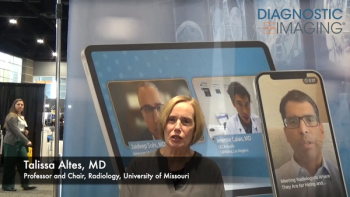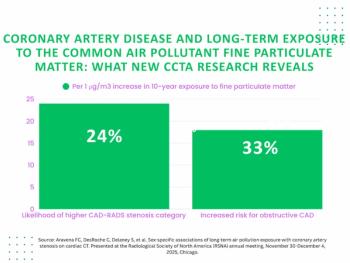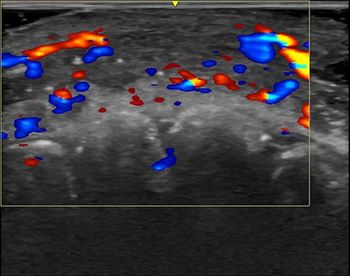
FDA Clears Siemens’ Biograph Vision Quadra
The PET/CT scanner allows simultaneous whole-body imaging from top of the head to thigh.
Siemens Healthineers announced Monday it has received U.S. Food & Drug Administration clearance for its Biograph Vision Quadra, a PET/CT scanner intended for both clinical use and translational research.
“The Biograph Vision Quadra breaks through current clinical scanner limitations by simultaneously imaging all vital organs in a single field of view,” said John Khoury, head of molecular imaging business at Siemens Healthineers North America. “This new system helps open the door to better understand disease.”
The Biograph Vision Quadra offers the same 3.2-mm silicon photomultiplier (SiPM) detector technology and Time of Flight performance that are available on the Biograph Vision PET/CT scanner, but according to company details, the Biograph Vision Quadra has an extended 106-cm axial field-of-view (FoV) – a PET axial FoV that is four times greater than the Biograph Vision 600.
With this scanner, the company said, clinicians can image the average patient, head-to-thigh, in one position, enabling fast, low-dose scanning, as well as examine patient anatomy during radiopharmaceutical uptake over time.
Biograph Vision Quadra can be sited in the same clinical space as traditional PET/CT scanners, so there is no need to construct additional room, and because of its applicability in translational medicine, said company officials, the scanner will play a role in furthering precision medicine.
For more coverage based on industry expert insights and research, subscribe to the Diagnostic Imaging e-Newsletter
Newsletter
Stay at the forefront of radiology with the Diagnostic Imaging newsletter, delivering the latest news, clinical insights, and imaging advancements for today’s radiologists.




























